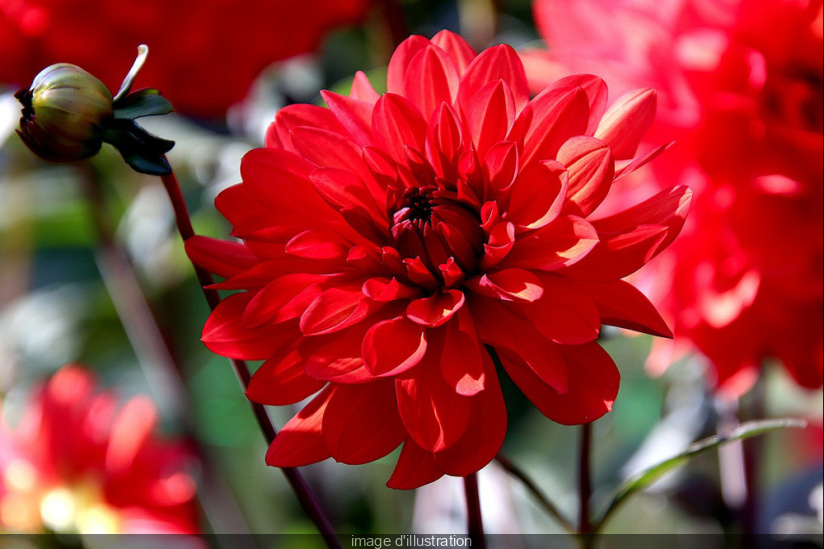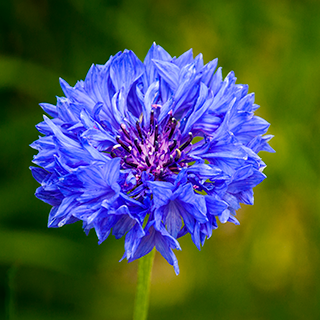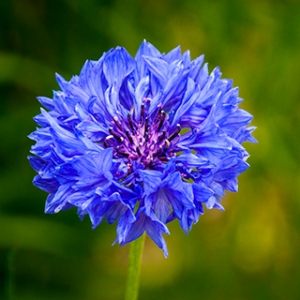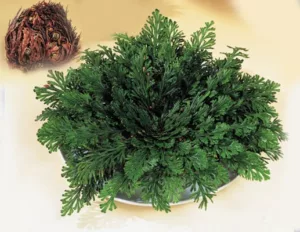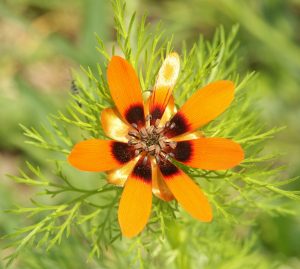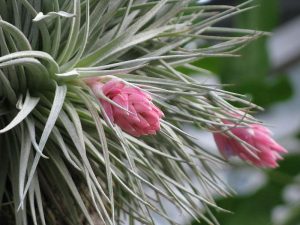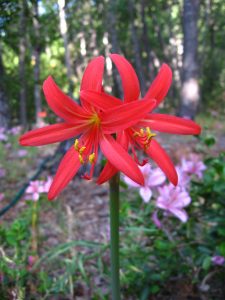Tulips: one of the best-selling flowers in 2018
Hello friends, today we will talk about a beautiful flower that adorns one of the largest gardens in the world: Keukenhof, making it look like a great rainbow. It’s about the tulips.
Origin of tulips

Its scientific name is Tulipa gesneriana. These plants are native to Central Asia, then they were taken to the Persian Empire, to the Mediterranean coast, then to Europe.
The word “tulip” comes from the Turkish word “tülbend”, which means turban. History says in 1554 the Austrian ambassador Ogier Ghislain de Busbecq, saw a flower that did not know in the turban of a stranger. Busbecq, who had knowledge of botany and wrote about it, asked his translator for help asking the name of the flower.
The man who owned the flower, thinking that he was asked about his turban, answered with the name of this garment. Then Busbecq took the bulbs of this flower to Holland, giving it the name of Tulipán. The beauty of the flower enchanted the Sultan, initiating his massive plantation in hundreds of kilometers of his empire.
The beauty of the tulips captivated the upper class and in a few decades the tulip became infallible gardens and recreation centers. This boom by the flower originated the call “Tulipomanía”, the excessive rise of the price of this flower due to the speculation. This change prevented the flower from continuing to be marketed and many people ended up with huge losses of money.
Myths and traditions of tulips
The elegance of this flower has given rise to several stories and traditions. Here are some of them.
The myth of the red tulip
Legend has it that behind the appearance of the beautiful red tulips is a tragic love story. In ancient Persia, a prince named Farhad was madly in love with the beautiful maid Shirin; However, he could not express the deep feelings he had for her.

One day, it reached the ears of the young man that his beloved had been murdered, and the pain of his departure, in addition to repentance for not having been declared, made him mount his horse from a great cliff. The blood that flowed from the blows and wounds suffered during his painful death gave as fruit beautiful red tulips, which symbolized the passion and beauty of real love.
From Holland, this story comes to us.

According to the story, there was a beautiful girl who was asked in marriage by three gentlemen. Each of them wanted to conquer it by giving him beautiful gifts: the first gave him a crown, as a sign of fame, the second gave him a sword, which would grant him power, and the third gave him gold, as a sign of wealth.
Before these three proposals, the young woman could not make up her mind and asked the queen of flowers to turn her into a flower. Her wish was fulfilled, she transformed, the crown became the flower, the sword on a leaf, and the gold in the bulb. From this combination, inspired by its beauty, the first tulip was born.
Characteristics of tulips
Tulips can be divided into about 150 species, but there are more than 3,000 varieties of the flower, of natural origin and genetically grown, around the world.
Tulips are the third most sold flower in the world, being especially required as a gift for their elegance.
The flowers have three petals and three sepals, but since the sepals are almost the same size and shape as the petals, the tulips appear to have six petals. The stem is rarely branched and the leaves are basal (close to the stem), caulinares, spaced or lanceolate (semi flattened). With regard to the stem, this is long and without major variations, reaching easily reach 20 centimeters, although there are records that can reach to measure 70 centimeters.

How and when to plant the tulips
Tulips should be sown in autumn, a few weeks before winter, in large pots or in gardens. They should be located in a place with access to direct sunlight, although not fully exposed, to avoid burning the leaves. The soil must have enough nutrients, but fertilizers must be applied. The bulbs are sown 20 to 30 cm deep, with the pointed part upwards. These plants should be watered frequently, however the water should drain, you can also spray the leaves to hydrate them. When the petals of the flower fall, the bulb is exposed. It must be removed and stored for planting the following year.
Meaning of tulips
Tulips have different meanings according to their colors. The reds represent true love, the whites say “I’m sorry”, the purple tulips symbolize royalty. and the yellows show our friendship towards the other person.
Tulips as a National Flower
Tulips are the national flower of several countries: Hungary, Iran, Turkey, Afghanistan and unofficially from Holland.
Holland is known as the country of tulips. This is because it is the largest producer and exporter of tulips worldwide. At one point in Dutch history, tulips were their fourth largest export, behind cheese, gin and herring. At present, the Netherlands is still famous for its tulips and other flowers, some call it ‘florist of the world’. Tulips are grown in extensive fields of beautiful colors and in spring there are numerous festivals held in his honor throughout the country.

In the Kop van Noord-Holland you will find millions of tulips, hyacinths and other flowers that are responsible for transforming the landscape into a sea of colors. Every year the Tulip Festival is celebrated in the “Noordoostpoldder”. This event is celebrated in the middle of tulip fields.
Medicinal uses of tulips
In Europe, the tulip not only achieved fame as a decorative flower, but also as an analgesic in case of stomach ailments. In addition, the tea of the tulip leaves is recognized as a powerful laxative in case of belly pains. Its root is used to make hair baths, improving their appearance and health. It is also said that the infusion of this flower can increase sexual desire, being used as an aphrodisiac.
Pests and diseases that affect tulips
Some plagues that affect tulips are nematodes, snails, rabbits and some birds that eat flowers. If you want to learn how to eradicate these pests, you can see our article about them here.
The most common diseases that affect this plant are: tulip fire and fusariosis.
The fire of the tulip is favored by high relative humidity. Its control can be done by treatments with active substances based on Captan (like the one shown) or Diclofluanide. And fusariosis (Fusarium oxysporum) manifests in the bulbs as a dry rot in the base or heart. It can be controlled by treatments with active substances based on Benomyl, Procloraz, etc.
Here I leave some images about the most known types of tulips.
Types of tulips
Peppermint Stick

Black
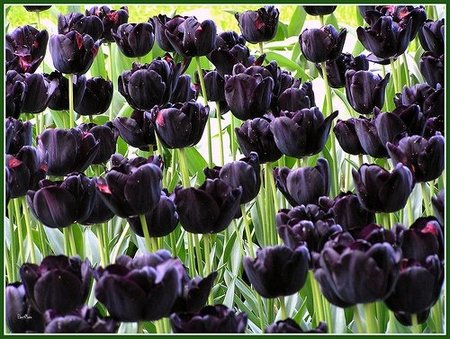
Olympic Flame
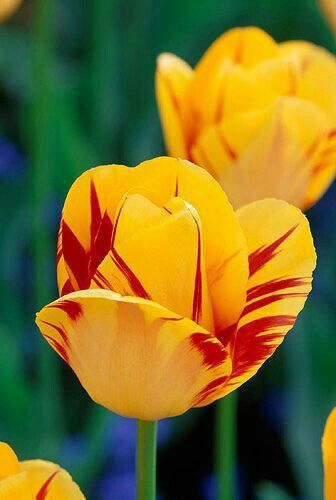
Crocus
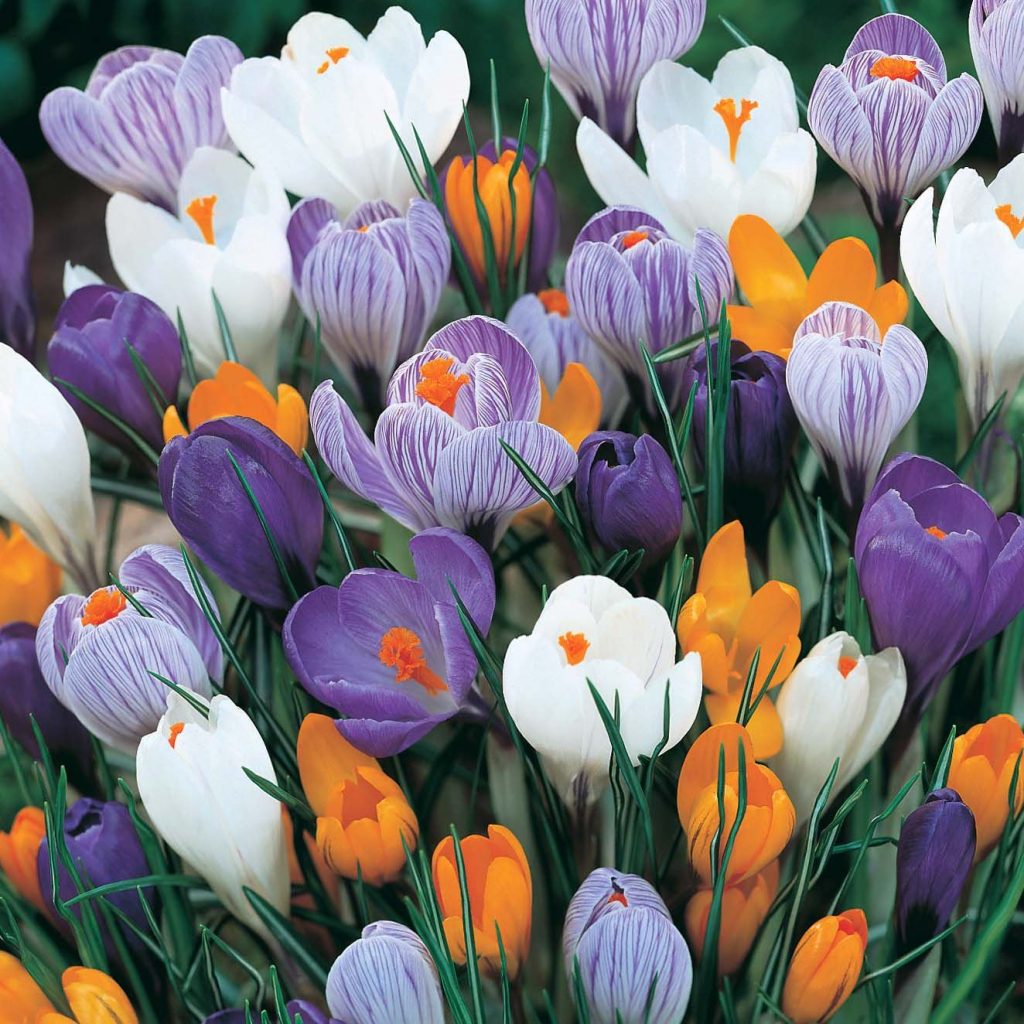
Kaufmanniana
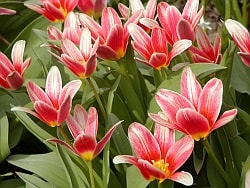
Gesneriana
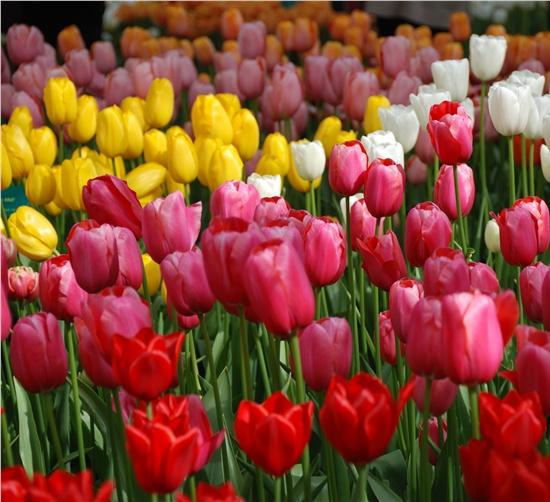
Green Spring
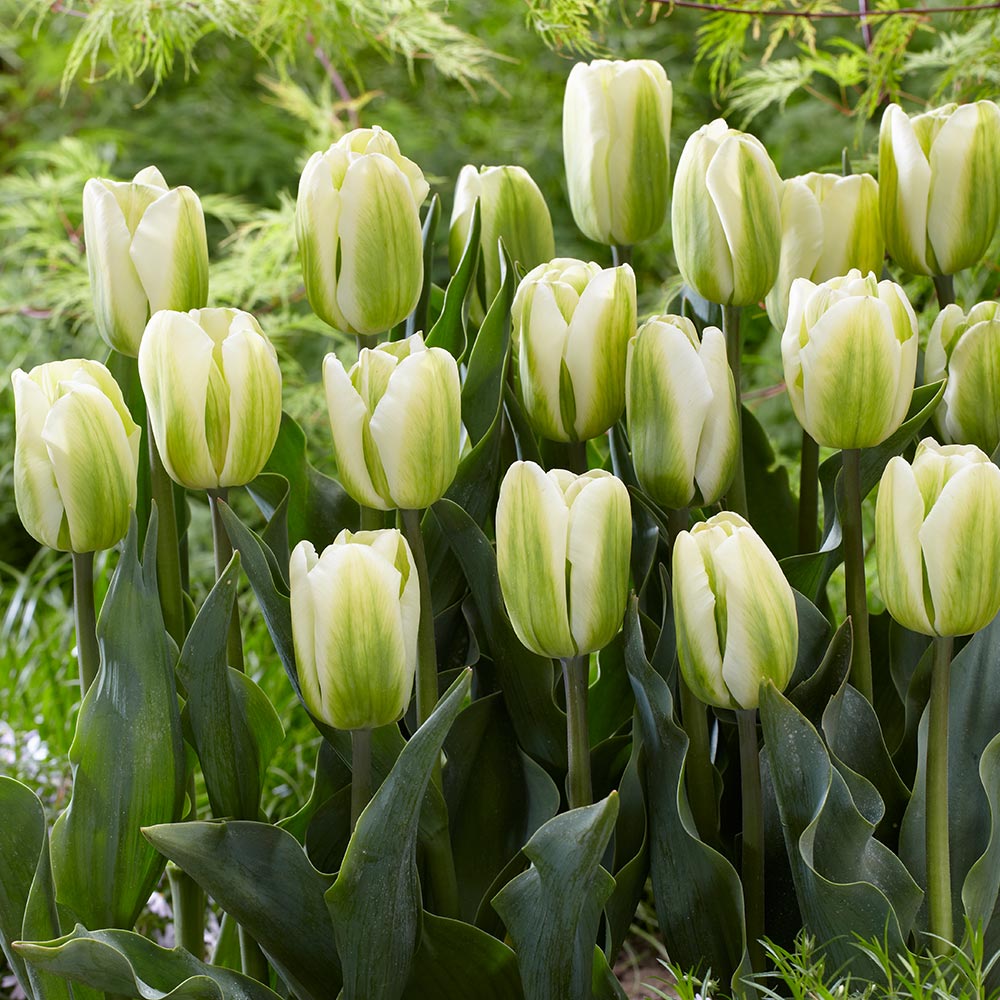
Greigii
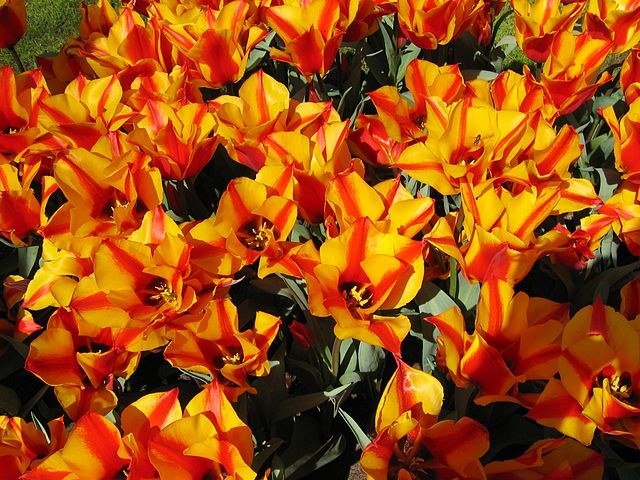
Bold
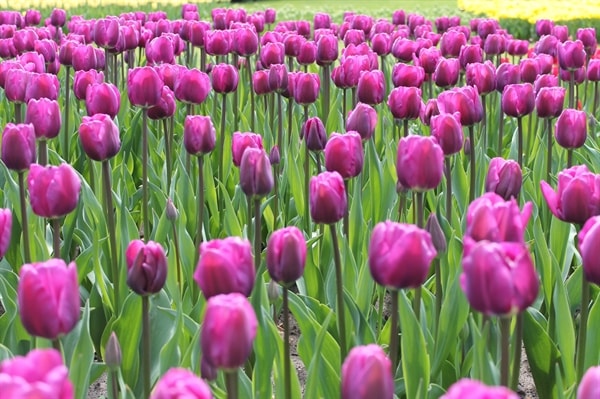
Bulbs of tulips
Do you dare to plant tulips? You can get bulbs in this link that I present. So you can have them in your own garden, and thus closer to the heart. ?
If you liked this article, leave us your comments. Share these beautiful tulips with your friends and groups on Facebook and your other social networks.
Share this content:

